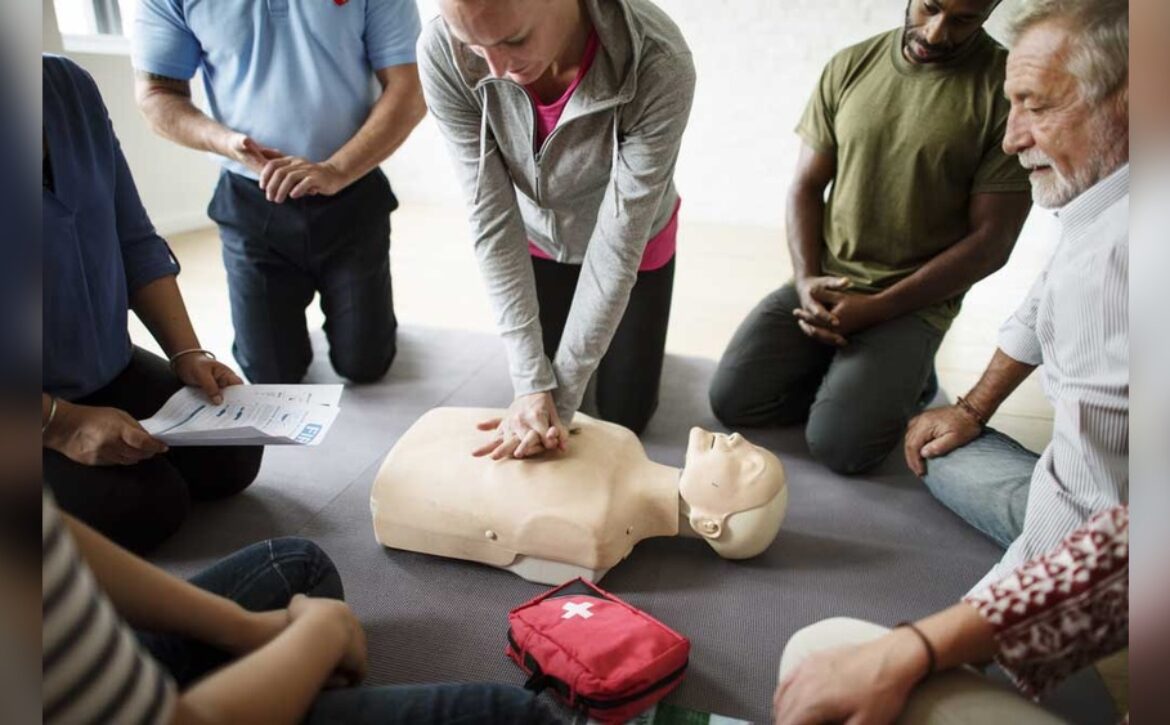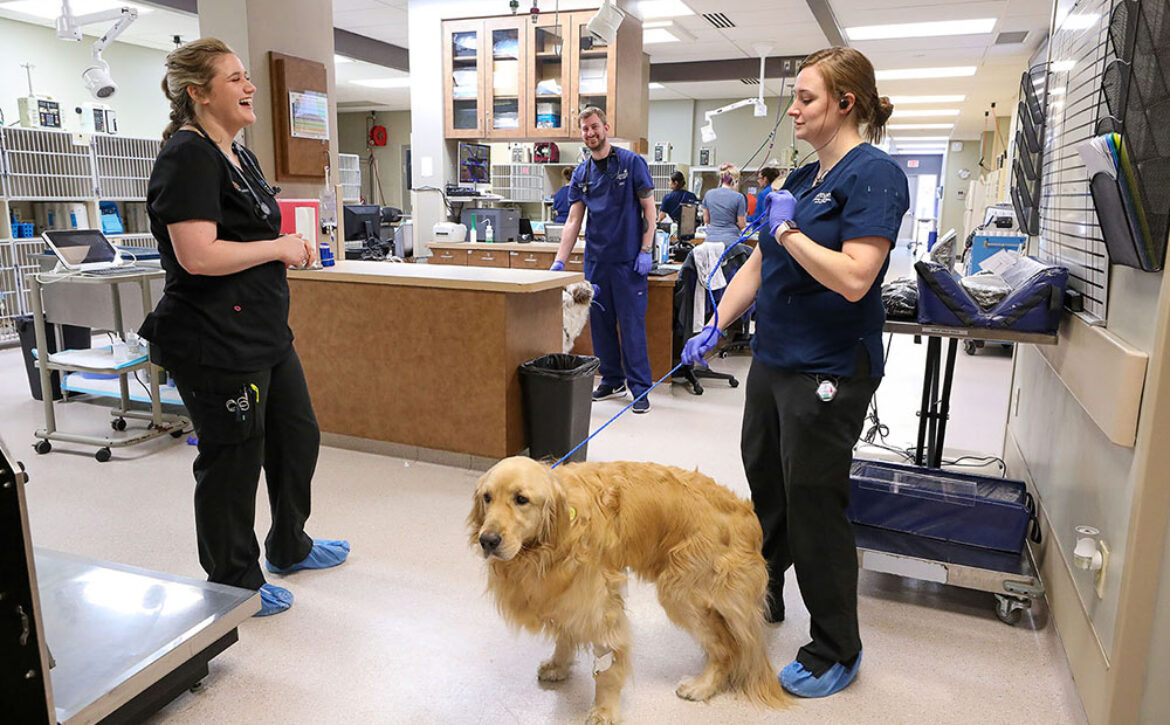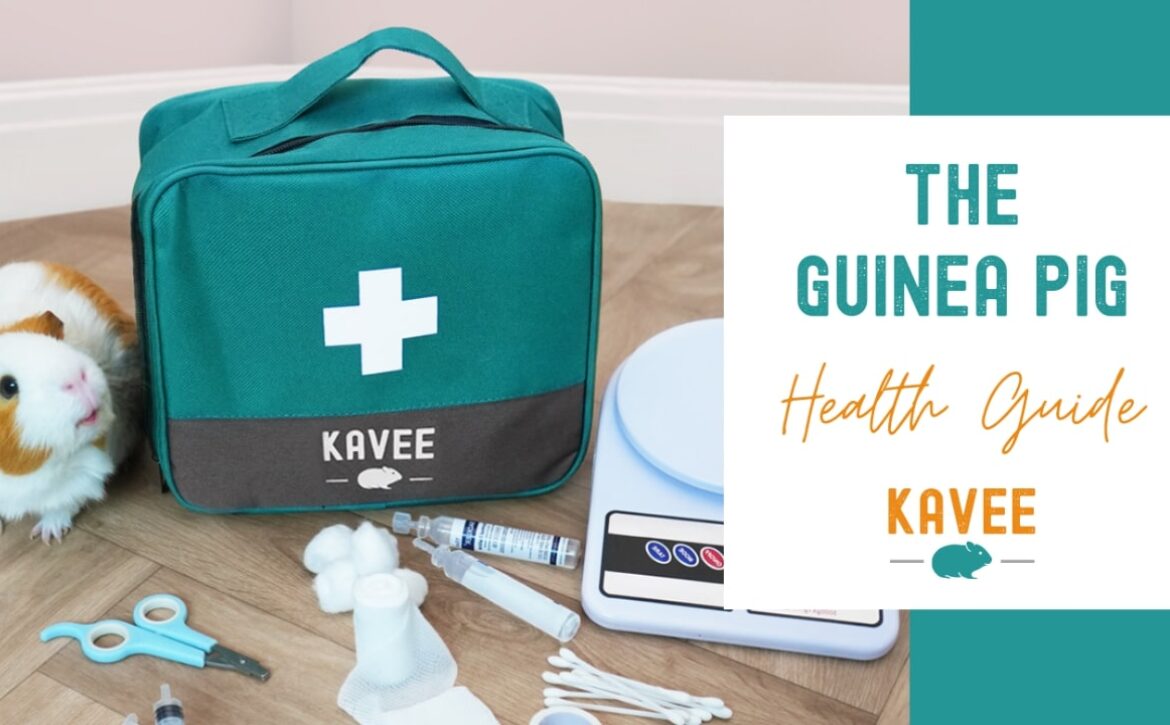
How to Become a Dog First Aid Expert: Essential Guide
Imagine you’re out for a walk with your furry friend when suddenly, they get hurt. Your heart races, your mind goes blank, and you feel helpless.
Knowing how to provide first aid for your dog in such moments is not just reassuring—it’s essential. As a pet owner, you want to be prepared for anything, ensuring your beloved companion gets the care they need when they need it most.
This guide will empower you with the skills and knowledge to become your dog’s first responder, boosting your confidence and strengthening the bond between you and your pet. Dive in to discover the steps you can take to safeguard your dog’s well-being and become the hero they deserve.
Importance Of Dog First Aid
Understanding dog first aid is vital for every pet owner. Dogs, like humans, can face emergencies. Knowing how to respond can save your furry friend’s life. Immediate care can prevent minor injuries from escalating. It ensures your pet’s safety until professional help arrives.
Why Immediate Response Matters
Quick action can make a big difference. Dogs are curious and can get into trouble. They might eat harmful things or get injured. Being prepared helps you act swiftly. It reduces panic and increases efficiency in emergencies.
Ensuring Pet Safety
Having dog first aid knowledge protects your pet. It gives you confidence to handle unexpected situations. You can manage wounds, choking, or poisoning effectively. This knowledge reduces the risk of complications.
Preparing For The Unexpected
Accidents happen without warning. Being ready helps you stay calm. You can provide immediate care until you reach a vet. This preparedness can save your pet’s life. It also makes you feel empowered and responsible.
Building A Stronger Bond
Caring for your pet in emergencies strengthens your bond. Your pet feels safer and trusts you more. They sense your ability to protect them. This creates a deeper connection between you and your pet.
Peace Of Mind For Pet Owners
Knowing dog first aid brings peace of mind. You feel prepared for any situation. This readiness reduces anxiety in pet owners. It allows you to enjoy your time with your pet without constant worry.
Basic Canine Anatomy
Understanding basic canine anatomy is crucial for dog first aid. A dog’s body is complex but fascinating. Knowing the main parts helps you offer better care. This knowledge ensures you can respond swiftly in emergencies.
Head And Neck Structure
The head houses the brain, eyes, and ears. Dogs rely heavily on these senses. The neck supports the head and contains the trachea. The trachea is vital for breathing. Any injury here can be serious. Recognizing signs of distress is important.
Chest And Abdomen
The chest protects the heart and lungs. These organs are essential for life. The abdomen holds the stomach, liver, and intestines. Knowing their locations helps in case of pain or swelling. It aids in identifying potential problems.
Legs And Paws
Dogs have four legs, each with a unique purpose. Front legs support movement and balance. Back legs provide power for running and jumping. Paws are sensitive and prone to injury. Regular checks can prevent issues.
Skin And Coat
The skin shields a dog from the environment. It’s the first defense against injury and infection. The coat offers protection and temperature regulation. Observing changes in skin or coat can reveal health issues.
Essential First Aid Skills
Knowing first aid for dogs is crucial. It can save their lives during emergencies. Learning essential skills helps you act quickly. You’ll be prepared for unexpected situations. Let’s explore some vital techniques.
Performing Cpr On Dogs
CPR is important when a dog is unconscious. First, check their breathing and pulse. Place your hands over their chest. Push firmly at a steady pace. Keep a rhythm, about 100 compressions per minute. Continue until they respond or help arrives.
Bandaging Techniques
Bandaging helps protect wounds. Start by cleaning the affected area. Use a clean cloth or gauze. Wrap the bandage snugly around the wound. Ensure it’s secure but not too tight. This prevents further injury and infection.
Handling Choking Incidents
Choking can be life-threatening. Act quickly to clear the airway. First, open the dog’s mouth and look for obstructions. If visible, gently remove them. Perform abdominal thrusts if the object isn’t reachable. Repeat until the airway is clear and breathing normal.
Building A Dog First Aid Kit
Creating a dog first aid kit can prepare you for emergencies. Gather essentials like bandages, antiseptic wipes, and tweezers. Include a pet-safe pain reliever and emergency contact numbers for your vet.
Building a dog first aid kit is essential for any responsible pet owner. Accidents happen, and being prepared can make a huge difference. A well-stocked kit helps you manage emergencies swiftly and effectively. It ensures you have everything needed in critical moments. Let’s explore how to assemble a comprehensive dog first aid kit.
Must-have Supplies
Your kit should include basic supplies for immediate care. Gauze pads and rolls are vital for cleaning wounds. Adhesive tape secures bandages in place. Include antiseptic wipes to clean cuts and scrapes. Tweezers are useful for removing splinters or ticks. Scissors help you cut bandages to the right size. A digital thermometer checks your dog’s temperature. An emergency blanket keeps your dog warm. Include a muzzle for safety during treatment. Dogs can bite if they are scared or in pain. Disposable gloves protect you from blood or fluids. Keep a small flashlight handy for better visibility. A pet first aid manual guides you through procedures. Saline solution cleans wounds and eyes gently.
Optional Additions
Consider adding extra items for specific needs. A pet-safe ice pack reduces swelling from sprains. Hydrogen peroxide induces vomiting in case of poisoning. Only use under vet supervision. A magnifying glass helps examine tiny objects. A collapsible water bowl keeps your dog hydrated. Include a soft towel for drying your pet. A syringe without a needle administers liquid medicines. A portable dog stretcher helps move injured pets. Store extra medications if your dog has ongoing conditions. A spare leash ensures control during emergencies. Remember to check expiration dates regularly. Organize your kit for easy access during stressful situations. Review it periodically to replenish supplies. Having a well-prepared kit boosts confidence in handling emergencies.
Recognizing Common Emergencies
Knowing how to recognize common emergencies can save your dog’s life. Understanding the signs of distress is crucial for timely first aid. Early detection can prevent serious complications. Let’s explore some common emergencies and their symptoms.
Heatstroke
Heatstroke is a serious risk for dogs, especially in warm weather. Dogs can’t cool themselves as easily as humans. Watch for signs like excessive panting, drooling, and weakness. Red gums or a rapid heartbeat are critical symptoms. Move your dog to a cooler place immediately. Offer small amounts of water to help lower their temperature.
Poisoning
Poisoning in dogs can happen quickly and unexpectedly. Symptoms vary depending on the toxin. Common signs include vomiting, diarrhea, and drooling. Some poisons cause seizures or difficulty breathing. If you suspect poisoning, contact a vet right away. Keep potential toxins out of your dog’s reach to prevent accidents.
Fractures And Sprains
Fractures and sprains often occur during play or exercise. Limping or refusing to bear weight are common signs. Swelling or visible deformity indicates a serious injury. Keep the dog calm and restrict movement. Use a soft cloth to wrap the injured area gently. Seek veterinary care to assess the injury properly.
Training And Certification
Start your journey in dog first aid by enrolling in specialized training courses. These programs teach essential skills like CPR, wound care, and emergency response. Certification enhances your abilities, ensuring you can confidently assist dogs in emergencies.
Embarking on the journey to become proficient in dog first aid is not only fulfilling but also crucial for pet owners who want to ensure their furry friends are safe and healthy. Training and certification are key steps in this process. They provide the knowledge and skills needed to handle emergency situations confidently. As you dive into this area, you will find opportunities to enhance your understanding and gain recognition that highlights your commitment to pet care.
Finding Courses
There are numerous resources available to help you find suitable dog first aid courses. Start by searching online for reputable organizations offering pet first aid training. Websites like the American Red Cross and Pet First Aid & CPR have dedicated sections for such courses. Local animal shelters and veterinary clinics often host workshops. These can be an excellent way to learn and connect with experts in your community. You might even find courses tailored to specific dog breeds or health conditions. Don’t forget to explore reviews and testimonials. They offer valuable insights into the course quality and instructor expertise. Have you considered asking friends or family who have taken these courses for recommendations?
Benefits Of Certification
Certification in dog first aid offers several advantages. It provides formal recognition of your skills, boosting your confidence in emergency situations. You will be better equipped to handle incidents swiftly and effectively. Moreover, certification can be a stepping stone to further involvement in animal care or rescue operations. It may open doors to volunteering opportunities where your skills can make a tangible difference. Imagine the peace of mind you will have knowing you can act decisively if your dog needs urgent help. Plus, certification can be a conversation starter, allowing you to share your knowledge and encourage others to pursue similar training. Wouldn’t it be rewarding to be an advocate for pet safety in your community?
Staying Updated On Best Practices
Stay informed on the latest dog first aid techniques to ensure your pet’s safety. Learn basic skills like CPR and wound care through certified courses. Regularly update your knowledge by attending workshops or reading expert publications.
Staying updated on best practices is crucial for anyone looking to excel in dog first aid. As a dog first aid provider, you must ensure your skills remain sharp and relevant. The world of veterinary medicine is ever-evolving, with new techniques and treatments emerging regularly. How do you ensure that you’re offering the very best care? Let’s dive into some practical ways to keep your knowledge current.
Continuing Education
Ongoing education is essential in the field of dog first aid. Consider enrolling in workshops and seminars that focus on the latest advancements. These events often provide hands-on experience, allowing you to practice new techniques. Online courses can also be a great resource. Many of these courses offer flexibility, allowing you to learn at your own pace. Look for ones that are updated regularly to include the latest information. Networking with other dog first aid professionals can be invaluable. Share experiences and learn from each other’s successes and challenges. This can help you stay informed about emerging trends and practices in the industry.
Following Veterinary Guidelines
Adhering to veterinary guidelines ensures you’re aligned with the best practices. Check for updates from reputable veterinary organizations. These updates often reflect the latest research and recommendations. Make it a habit to review these guidelines periodically. This practice ensures that your knowledge is not only current but also in line with accepted standards. It’s a small step that can make a big difference in the quality of care you provide. Have you ever wondered how the pros stay on top of their game? They make it a point to consult with veterinarians regularly. Consider building a relationship with a local vet to discuss the latest developments in dog health care. By staying informed and educated, you enhance your ability to provide effective dog first aid. What’s one new practice you can adopt today to improve your skills? Engaging with these resources will not only benefit your furry patients but also enhance your personal growth in this rewarding field.
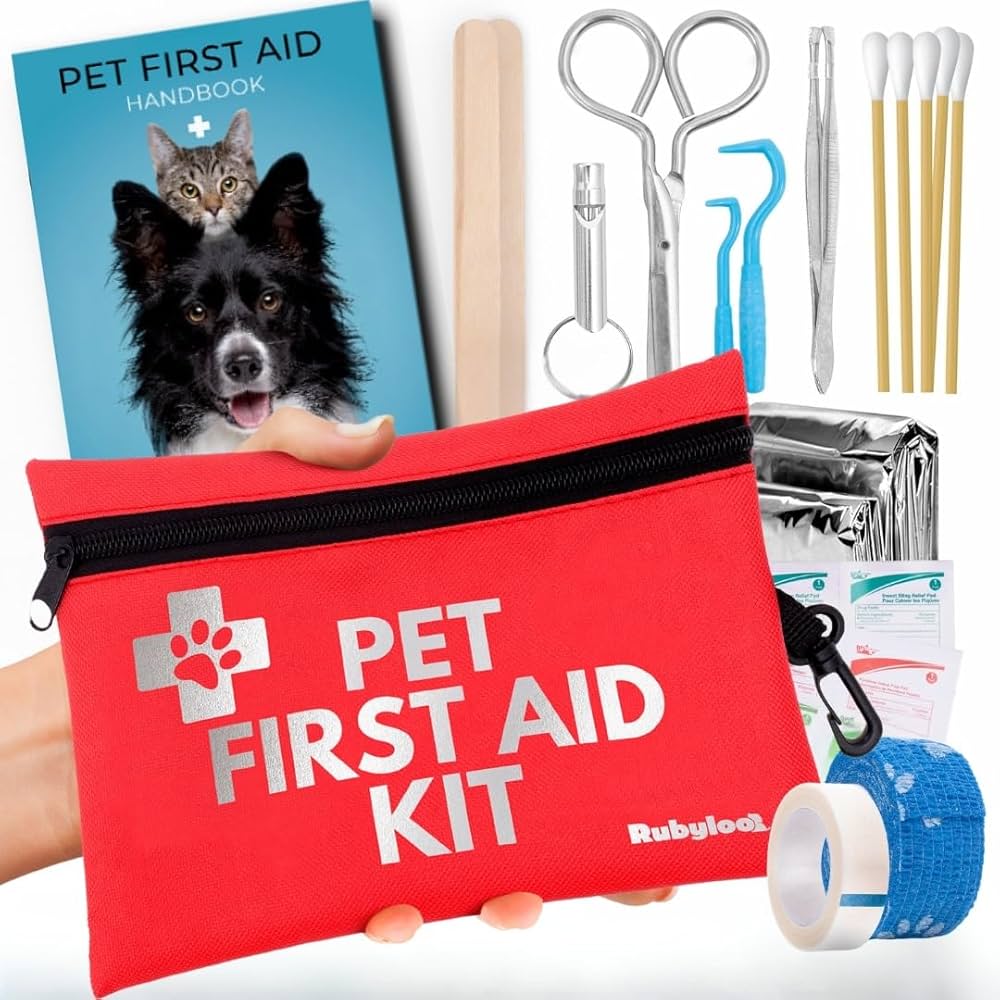
Resources For Dog First Aid
Learning how to become a dog first aid expert involves accessing the right resources. Various online courses and books offer essential knowledge. Practice with pet first aid kits can prepare you for emergencies.
Understanding dog first aid is crucial for every pet owner. It helps you respond quickly in emergencies. Knowing what to do can save your dog’s life. Many resources can guide you in gaining these vital skills. Books, online communities, and contact lists are valuable tools. Dive into them to prepare yourself better.
Books And Guides
Books offer in-depth knowledge about dog first aid. They provide step-by-step instructions for different scenarios. These guides are usually written by experts. They cover topics like CPR, wound care, and more. Consider books with clear illustrations. Pictures help you understand the techniques better. Local libraries may have some good options.
Online Communities
Join online communities dedicated to pet care. These groups offer real-time advice and support. You can ask questions and share experiences. Platforms like Facebook or Reddit have active dog care groups. Members often share useful first aid tips. You can also find webinars and virtual workshops. They are great for interactive learning.
Emergency Contact List
An emergency contact list is essential. Include your vet’s number on it. Add nearby animal hospitals and emergency clinics. Also, list trusted neighbors or family members. They might help during emergencies. Keep this list accessible at all times. Update it regularly to ensure accuracy.
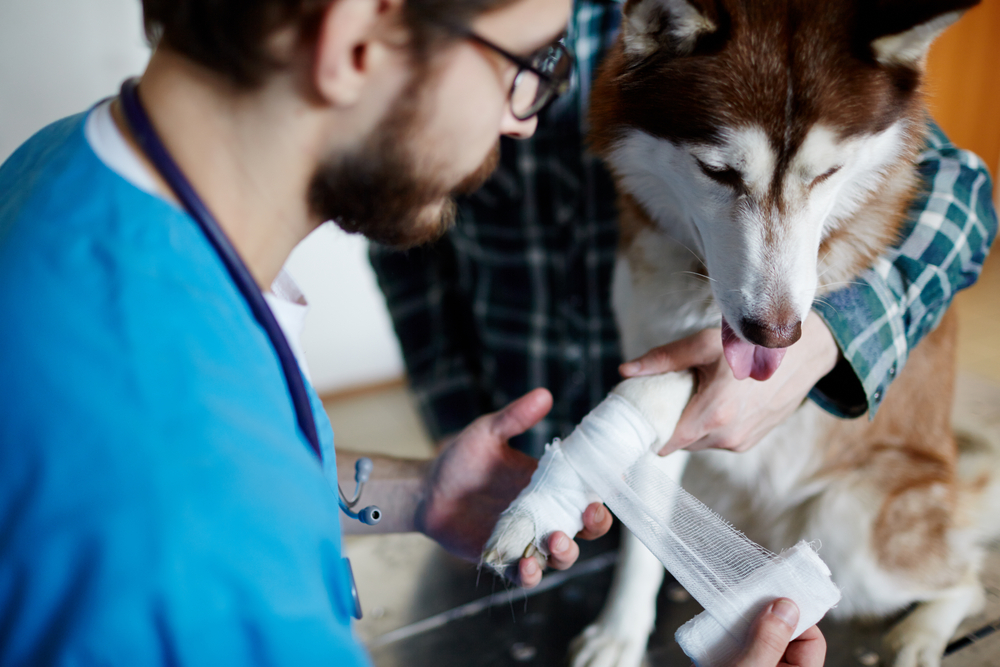
Frequently Asked Questions
What Is Dog First Aid?
Dog first aid involves providing immediate care to injured or sick dogs. It includes assessing the dog’s condition and performing essential procedures like CPR. Knowing dog first aid can save your pet’s life during emergencies. Learning these skills is crucial for every dog owner or caretaker.
Why Learn Dog First Aid Skills?
Learning dog first aid equips you to handle emergencies effectively. It helps you provide immediate care until professional help arrives. This knowledge can reduce a dog’s suffering and improve recovery chances. Being prepared can make a significant difference in critical situations.
Where Can I Learn Dog First Aid?
You can learn dog first aid through online courses, local workshops, or veterinary clinics. Many organizations offer certifications in pet first aid. Check with local animal shelters or pet stores for classes. Online resources and videos also provide valuable information on essential first aid techniques.
What Are Essential Dog First Aid Supplies?
Essential supplies include bandages, antiseptic wipes, tweezers, and a digital thermometer. Keep a muzzle and a pet first aid manual handy. A well-stocked first aid kit ensures you’re prepared for minor injuries or emergencies. Regularly check and update your supplies to maintain readiness.
Conclusion
Becoming skilled in dog first aid is a valuable asset. It equips you to handle emergencies and care for your furry friend. Practice regularly to build confidence. Consider taking a course for hands-on experience. Stay updated with the latest techniques and tips.
Your pet’s safety and health are in your hands. Knowing what to do can make all the difference. Remember, a calm approach helps in stressful situations. Your preparedness ensures your dog gets the best care possible. Keep learning and be ready to act when needed.
Your dog will thank you with wagging tails and happy barks!




